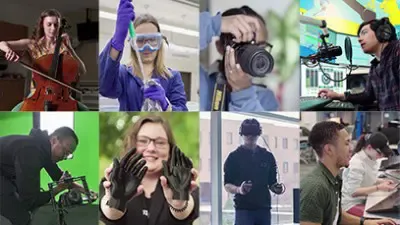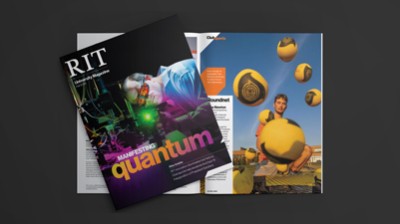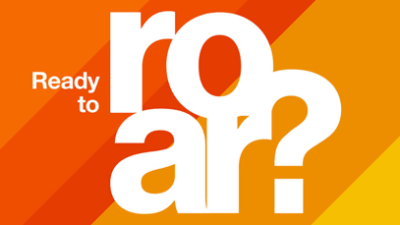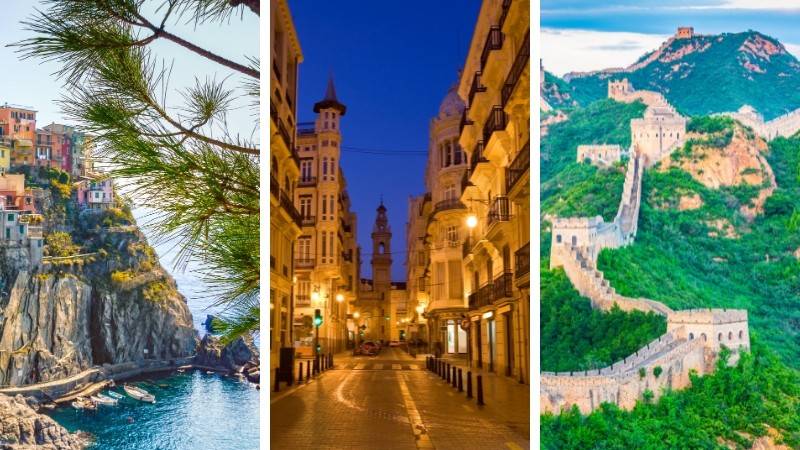Modern Languages and Cultures – Italian Minor
- RIT /
- Rochester Institute of Technology /
- Academics /
- Modern Languages and Cultures – Italian Minor
Featured Work and Profiles
-
Department of Education grant will fund the development of new materials and curricula for Chinese, Italian, and Spanish courses that focus on STEAM
Sara Armengot, Zhong Chen, Elisabetta DAmanda “I hope more students will be inspired to take on internships, co-ops, or other experiential learning opportunities where they can continue to further connect through languages other than English...” ...
Read More about Department of Education grant will fund the development of new materials and curricula for Chinese, Italian, and Spanish courses that focus on STEAM
Curriculum for 2025-2026 for Modern Languages and Cultures – Italian Minor
Current Students: See Curriculum Requirements
Contact
Program Contact
- Elisabetta DAmanda
- Principal Lecturer, Modern Languages and Culture
- Department of Modern Languages and Cultures
- College of Liberal Arts
- 585‑475‑6522
- exdgla@rit.edu
Offered within
the
Department of Modern Languages and Cultures
Department of Modern Languages and Cultures
Search RIT
This website uses cookies to provide better user experience and functionality. You can control and configure cookies in your web browser.
Cookie Statement
|
How to Disable Cookies











